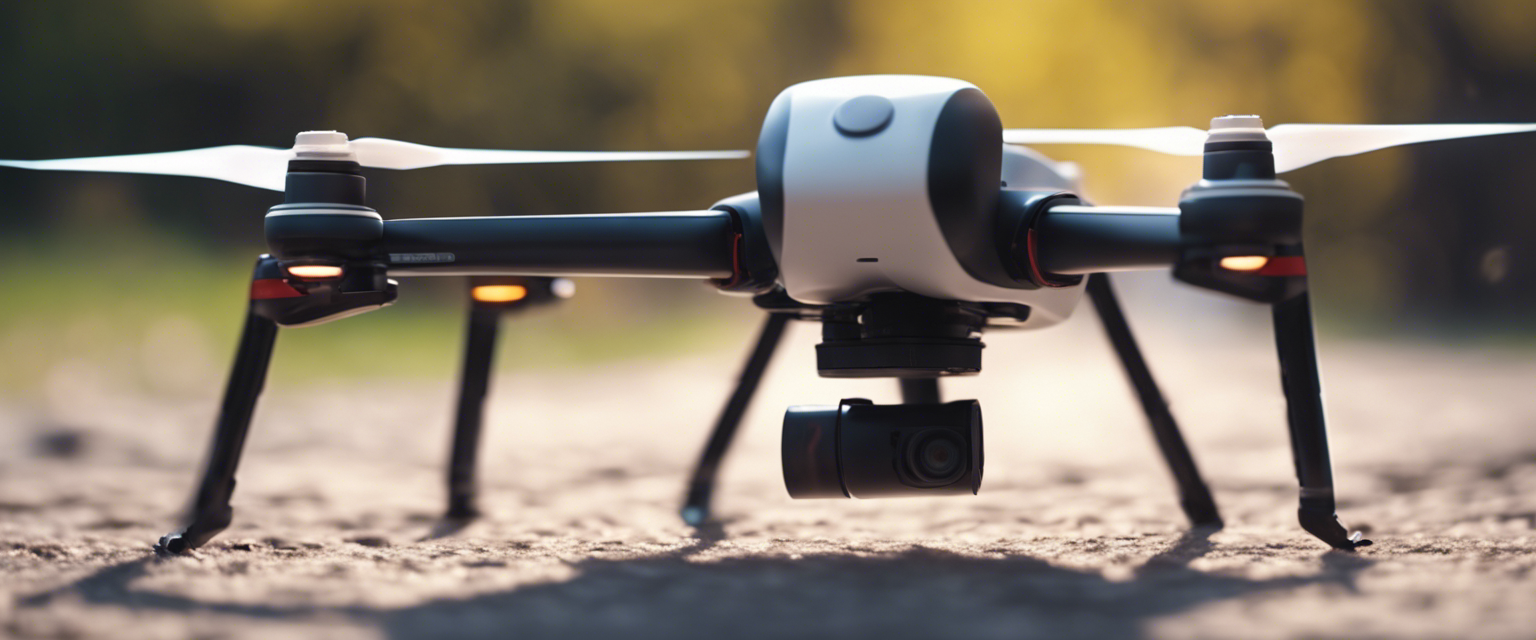
Building Your First Consumer Drone: A Beginner’s Guide
Consumer drones have revolutionized the way we capture aerial footage, explore the skies, and push the boundaries of technology. If you’re new to the world of drones and eager to embark on a DIY project, building your own drone can be an exhilarating and rewarding experience. Follow this comprehensive guide to get started on your UAV (Unmanned Aerial Vehicle) adventure.
Understanding the Basics
Before diving into the construction process, it’s essential to familiarize yourself with the fundamental components of a consumer drone:
- Frame: The foundation of your drone, typically made of lightweight materials like carbon fiber or plastic.
- Motors: Power the rotors and enable vertical take-off and landing.
- ESCs (Electronic Speed Controllers): Regulate the speed and rotation of the motors.
- Flight Controller: The brains of your drone, managing stability, acceleration, and direction.
- Battery: Provides the necessary power to keep your drone airborne.
- Propellers: Generate lift and thrust.
- Radio System: Transmits commands from the controller to the drone.
- Camera (optional): Allows you to capture stunning aerial imagery and videos.
Gather Your Tools and Components
Before you begin assembling your drone, ensure you have the necessary tools and components at hand:
- Soldering iron and solder
- Wire cutters/strippers
- Allen wrenches and screwdrivers
- Heat shrink tubing
- LiPo battery and charger
- Flight controller board
- ESC for each motor
- Motors (with corresponding propellers)
- Frame kit
- Radio transmitter and receiver
- Optional camera and gimbal
The Assembly Process
While the specific assembly steps may vary depending on the drone model, the general process typically involves the following:
- Prepare your frame: Start by attaching the arms to the centerplate of your frame, ensuring they are aligned correctly.
- Mount the motors: Affix the motors to each arm, securing them firmly with screws.
- Wire the ESCs: Connect the ESCs to the motors, ensuring proper polarity and secure solder joints.
- Attach the flight controller: Mount the flight controller board onto the centerplate using vibration-damping foam or rubber grommets.
- Connect the flight controller: Wire the ESCs, battery, and receiver to the flight controller, following specific instructions provided with your components.
- Install and configure the radio system: Bind your transmitter and receiver, ensuring smooth communication between you and your drone.
- Add optional components: If desired, attach a camera or gimbal to capture breathtaking aerial shots (ensure proper wiring and integration with your flight controller).
- Final checks: Double-check all connections, motors, and propellers before powering on your drone.
Maintaining Safety Measures
When building and flying your drone, safety should always be a top priority:
- Research local regulations: Familiarize yourself with the rules and restrictions regarding drone usage in your area.
- Perform pre-flight checks: Before each flight, inspect your drone for any loose connections or damaged parts.
- Think propeller guards: Installing propeller guards can help protect both your drone and others from potential accidents.
- Practice in open spaces: Start flying your drone in open areas away from people, buildings, or obstacles until you gain confidence and control.
- Power off during maintenance: Always disconnect your drone’s battery before making any modifications or repairs.
- Stay updated with firmware: Periodically update your flight controller’s firmware to ensure optimal performance and added safety features.
With your brand new drone assembled, it is time to take to the skies. Start with gentle flights, practicing basic maneuvers like hovering, ascending, descending, and slow turns. Gradually increase your proficiency, exploring more advanced flight modes and capturing stunning aerial footage along the way.
“Building a drone allows you to understand the inner workings of this fascinating technology, paving the way for customization and experimentation. Embrace the learning process and enjoy the endless possibilities that come with becoming a drone pilot.”